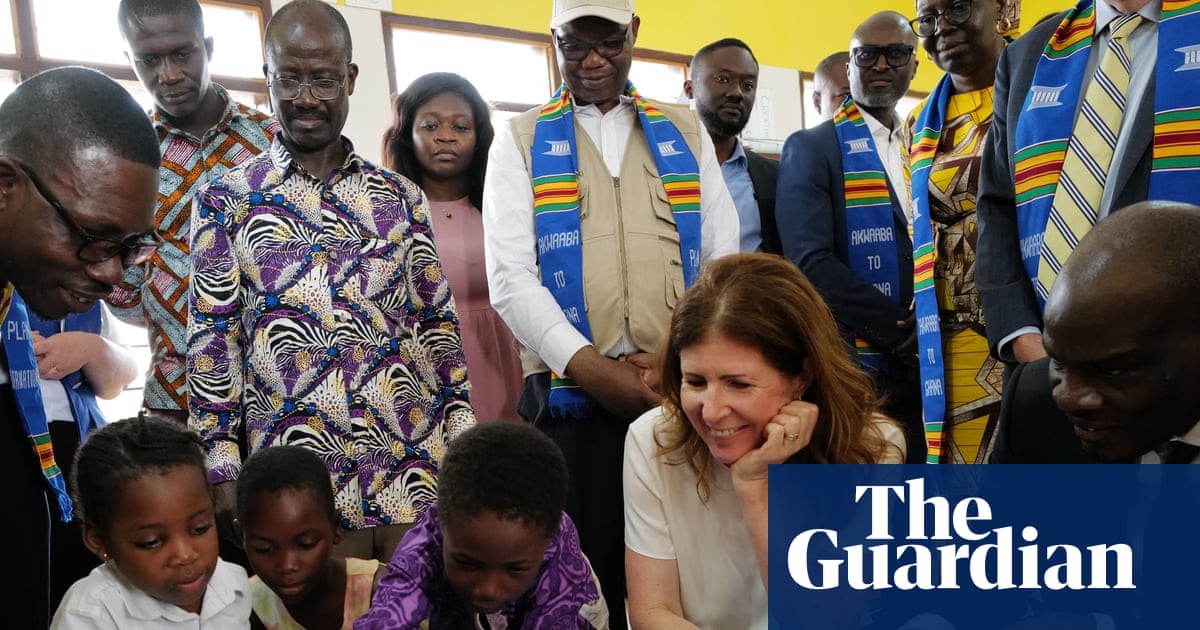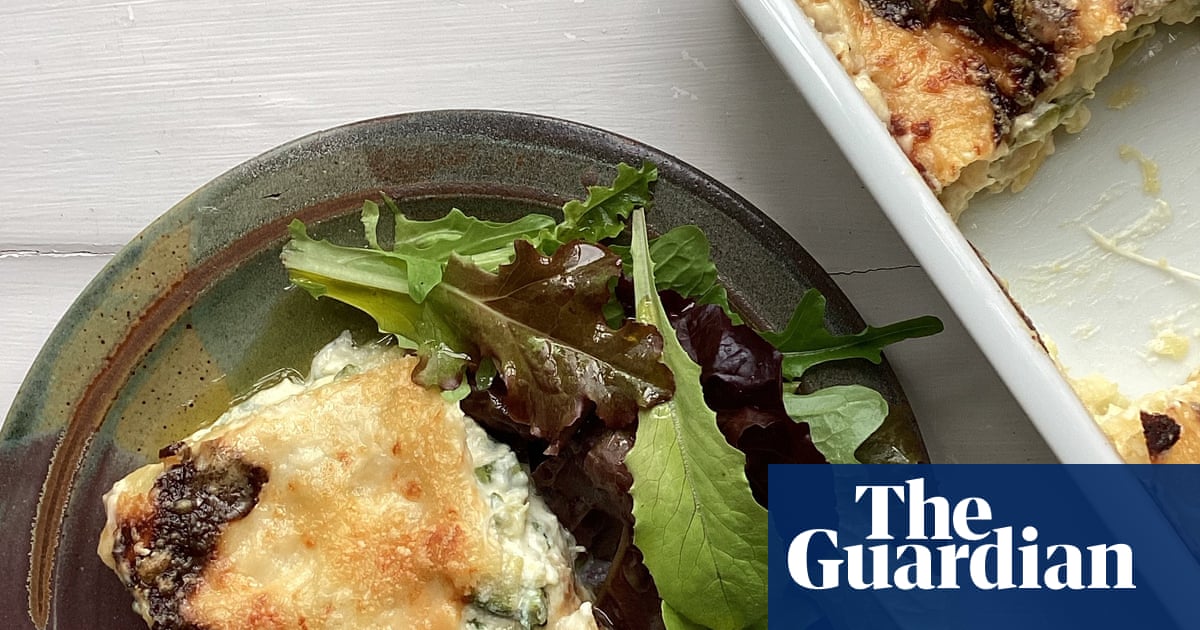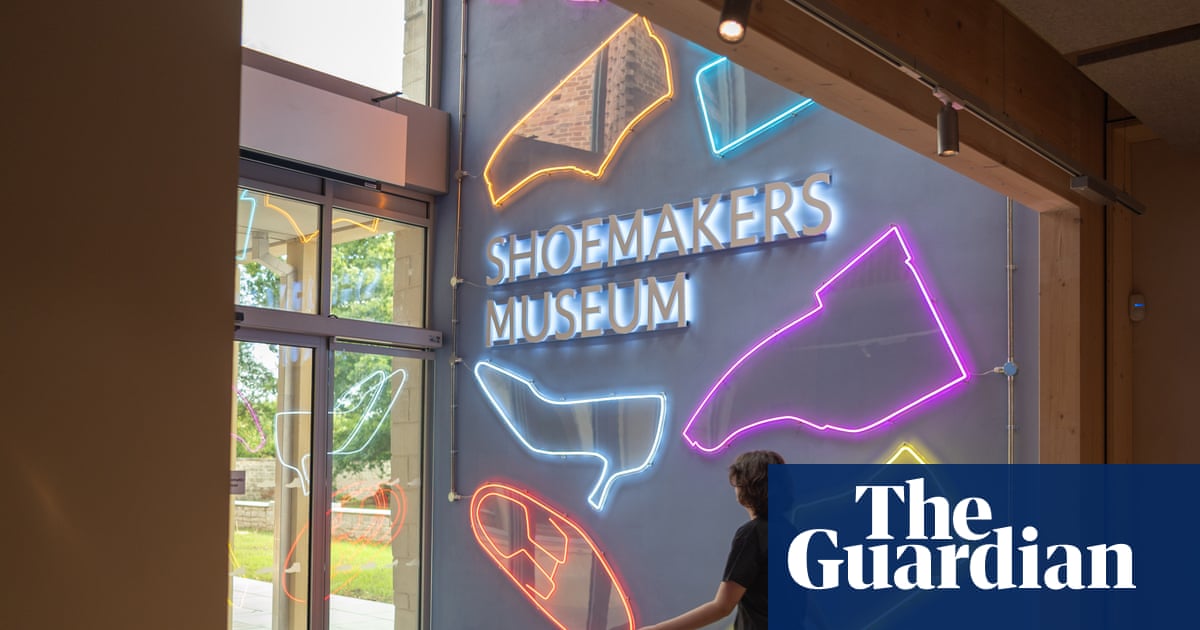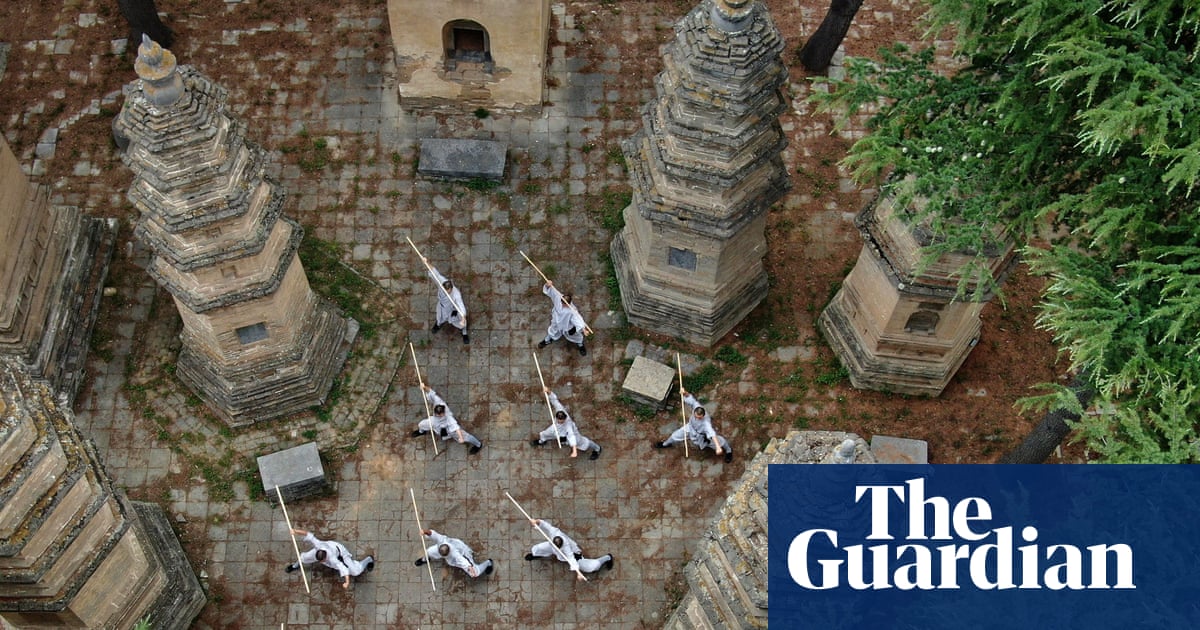Folk music is having a resurgence in Norway spurred by a reclamation of the genre among generation Z.
Norwegian folk music, which until recently was largely restricted to the countryside, has been gaining traction across Norwegian cities with sweaty club nights appealing to a younger audience.
Playing a central role in the revival is Tuvas Blodklubb, a monthly event at Riksscenen, the national centre for traditional folk music and dance in Oslo, which attracts hundreds of people every month and tours around the country. Similar folk music clubs have since started in other cities including Bergen, Trondheim and Tromsø.
Musician Tuva Syvertsen started Tuvas Blodklubb, which she describes as “Norway’s, probably the Nordic region’s, and maybe even the world’s first pure folk music nightclub”, seven years ago with the aim of opening up the kinds of experiences she was having at folk music festivals to more people, particularly among the LGBTQ+ community.
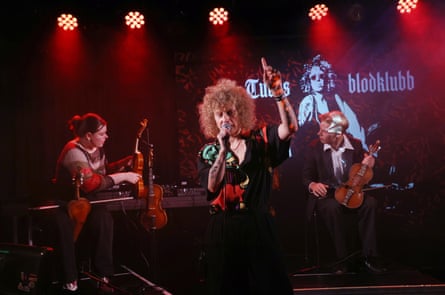
Inspired by Oslo’s techno music scene, she wanted to make folk music less “stiff” and create an event that attracted younger people. “I wanted to have a place that you could go and get wasted and dance to folk music on a Saturday,” said Syvertsen, 41, who is in the band Valkyrien Allstars. “So that’s what we did.”
Part of its gen Z appeal, she believes, is the sense of rootedness it offers in an uncertain world. “Young people feel that the world is unsteady as it is and they seek something real, something warm and close to them. So maybe that has something to do with it,” she said.
Norwegian folk music, which dates back hundreds of years, is played using traditional instruments including Norway’s national instrument, hardingfele (the hardanger fiddle), bukkehorn (an instrument made from a goat’s horn) and langeleik (a stringed instrument similar to a dulcimer).
The Sámi vocal tradition of joiking, which for a long time was banned in schools as a result of racist assimilation policies by the Norwegian government, is also being revitalised by younger generations and artists such as Marja Mortensson, 30, gaining mainstream recognition.
The Sámi people are the Indigenous population of Sápmi, a region covering northern Finland, Russia, Norway and Sweden, who have been subjected to widespread discrimination.
“As long as you know the tradition it’s very important that joiking also lives in popular music or where young people listen to music because that’s how traditional music will live on and be passed on to younger generations,” she said.
It is especially important, she added, to have spaces for traditions to live where people can be exposed to traditional folk music. “It gives you some kind of strength to know your own music tradition,” she said.
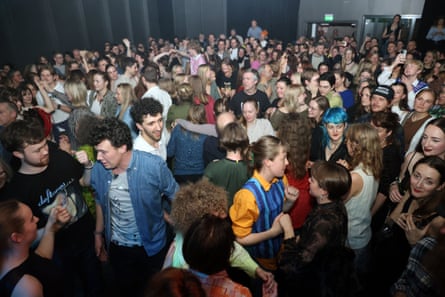
Dance is a big part of the Tuvas Blodklubb nights. Before each club night, Syvertsen puts on sessions to teach people the basics beforehand, which she said are also “packed with young people that want to learn”.
Many young clubbers, she said, are not used to dancing to live music, but with folk music the interplay between musician and dancer is key.
“An actual person sitting there playing for you, that is way different to dancing to a DJ. It’s much more sensitive. Not on the dance itself but in the chemistry between the dancers and the musicians, that’s really essential.”
As well as booking live performers and DJs from around the world, she has a house DJ, DJ Sissyfus, who plays electronic music and makes remixes of old folk music recordings. Sometimes she also books singers who sing along to fiddle tunes. “We put microphones under the stage so it’s just the sound of the voice and the foot-stomping. It’s really amazing,” she said. They also have folk music karaoke sessions.
In the future Syvertsen hopes to take the event to cities outside of Norway such as London or Berlin. “This [club night] is extremely exotic for Norwegians, so I guess it would work just as well somewhere else,” she said.
Syvertsen, who plays the hardanger fiddle and grew up with folk music, said a big part of her own fascination comes from the power of a single instrument and its survival over so many hundreds of years. “There is something about those melodies and those stories that are so still so relevant,” she said.

 3 months ago
211
3 months ago
211


